#weather gif
Photo

38 notes
·
View notes
Text
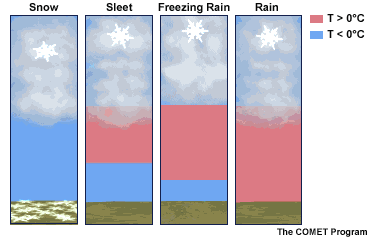
66K notes
·
View notes
Text

2K notes
·
View notes
Text
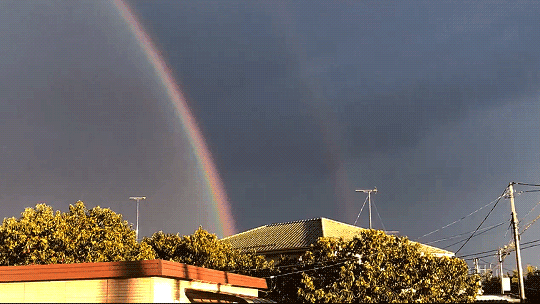
rainbow and lightning (x)
#rainbow#lightning#thunder#thunderbolt#cloudy#windy#raining#weather#earth#astrophotography#storm#sky#planets
1K notes
·
View notes
Text



Fire season is here!
I know this is from the Washington State DNR, but like.
please can we not set ANY of the states or counties or cities or towns or municipalities or villages or census designated places on fire either? and not just today, but for the entire future?

this is the current map of drought intensity in the PNW. It's not terrible, but the forecast for this weekend leading up to the 4th is blazing. (map from here)


2K notes
·
View notes
Text
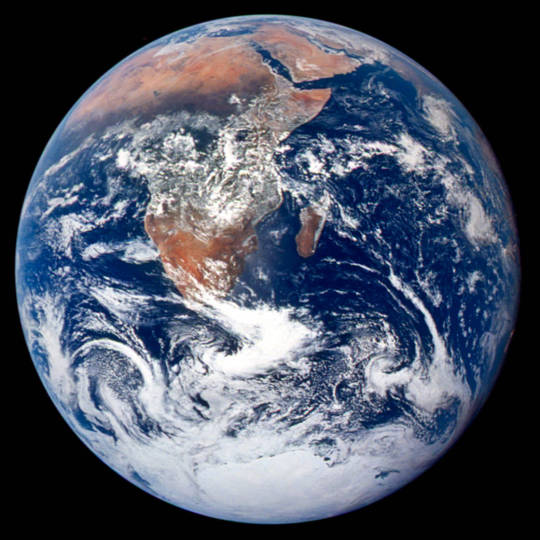
Ways NASA Studies the Ocean
We live on a water planet. The ocean covers a huge part of the Earth's surface – earning it the name Blue Marble.
The ocean is one of Earth’s largest ecosystems and helps moderate Earth’s climate. NASA scientists spend a lot of time studying the ocean and how it is changing as Earth’s climate changes.
In the last few years, NASA has launched an array of missions dedicated to studying this precious part of our planet, with more to come. For World Oceans Month, which starts in June, here are new ways NASA studies the ocean.
youtube
1. Seeing the colors of the ocean 🎨
A new NASA mission called PACE will see Earth’s oceans in more color than ever before. The color of the ocean is determined by the interaction of sunlight with substances or particles present in seawater.
Scheduled to launch in 2024, PACE will help scientists assess ocean health by measuring the distribution of phytoplankton, tiny plants and algae that sustain the marine food web. PACE will also continue measuring key atmospheric variables associated with air quality and Earth's climate.

2. Surveying surface water around the globe 💧
The SWOT satellite, launched in late 2022, is studying Earth’s freshwater – from oceans and coasts to rivers, lakes and more – to create the first global survey of Earth’s surface water.
SWOT is able to measure the elevation of water, observing how major bodies of water are changing and detecting ocean features. The data SWOT collects will help scientists assess water resources, track regional sea level changes, monitor changing coastlines, and observe small ocean currents and eddies.
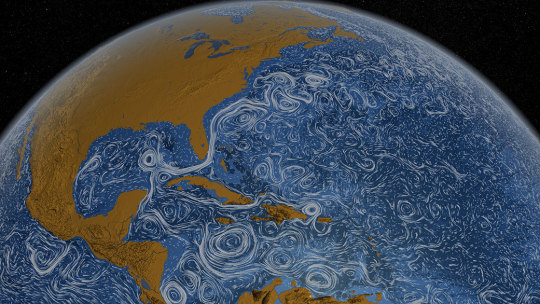
3. Setting sail to understand interactions between the ocean and atmosphere 🚢
With research aircraft, a research ship, and autonomous ocean instruments like gliders, NASA’s S-MODE mission is setting sail to study Earth’s oceans up close. Their goal? To understand ocean whirlpools, eddies and currents.
These swirling ocean features drive the give-and-take of nutrients and energy between the ocean and atmosphere and, ultimately, help shape Earth’s climate.
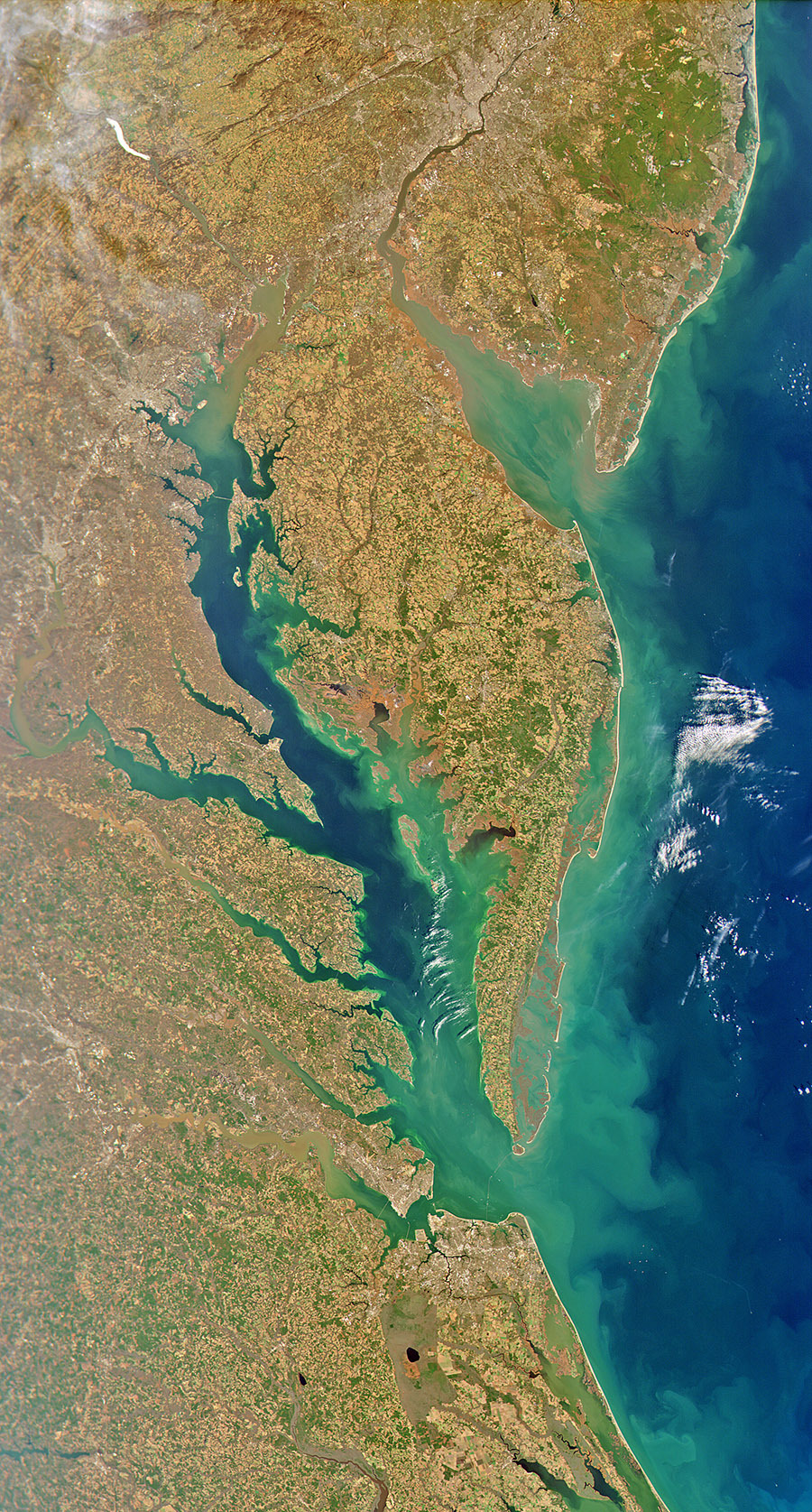
4. Building ocean satellites the size of a shoebox 📦
NASA’s HawkEye instrument collects ocean color data and captures gorgeous images of Earth from its orbit just over 355 miles (575 kilometers) above Earth’s surface. It’s also aboard a tiny satellite measuring just 10cm x 10 cm x 30 cm – about the size of a shoebox!
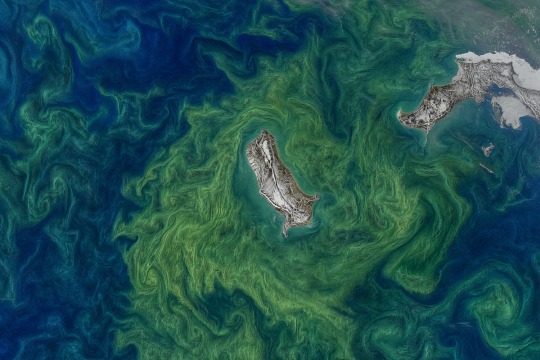
5. Designing new missions to study Earth’s oceans! 🌊
NASA is currently designing a new space-based instrument called GLIMR that will help scientists observe and monitor oceans throughout the Gulf of Mexico, the southeastern U.S. coastline and the Amazon River plume that stretches to the Atlantic Ocean. GLIMR will also provide important information about oil spills, harmful algae blooms, water quality and more to local agencies.

6. Taking the ocean to new heights ⬆️
The U.S.-European Sentinel-6 Michael Freilich satellite is helping researchers measure the height of the ocean - a key component in understanding how Earth’s climate is changing.
This mission, which launched in 2020, has a serious job to do. It’s not only helping meteorologists improve their weather forecasts, but it’s helping researchers understand how climate change is changing Earth’s coastlines in real time.
Make sure to follow us on Tumblr for your regular dose of space!
2K notes
·
View notes
Text

263 notes
·
View notes
Photo


circlestationery on ig
#cloud#art#stim#sensory#satisfying#mypost#mygifs#storm#stormcloud#lightning#thunder#weather#storm cloud#glitter#gel pen#hands free#handsfree
386 notes
·
View notes
Text
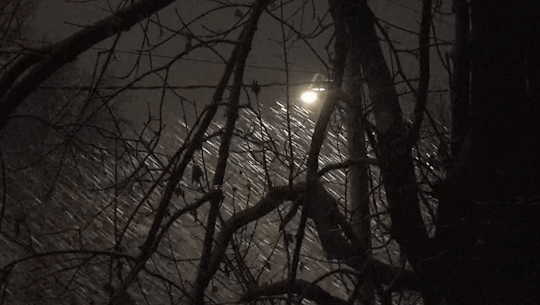
#the view out of my bedroom window last night#thank you @starmaid for gifing it!!!#snow#snowstorm#blizzard#light post#night#power lines#trees#silouette#midnight#weather#snowfall#snowflake#night sky
399 notes
·
View notes
Photo

42 notes
·
View notes
Text

Tell us where you're from!
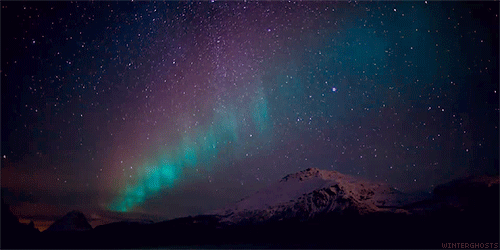
463 notes
·
View notes
Text




STIM - Raincloud Necklaces
Credit if used.
#stim#stimboard#necklace#jewelry#jewellery#trinkets#shiny#fashion#storm#rain#lightning#weather#gold#blue#purple#QUEUE
270 notes
·
View notes
Text
You really should know about Storm "Daniel"
Unlike how much all of us Greek blogs notify our tumblr communities about the regular (at this point) arsons wildfires afflicting Greece, we did not say much about the floods the country has been suffering from right now. There was a mention here and there and I even made a joke post as the storm was starting but not a lot of stuff in general. So, I think there's a couple of things you should know and I feel like I could address about it and actually it's not just about Greece. So I believe this could interest a lot of people and it should be something known worldwide.
In the beginning of September there was an alarm about an extreme weather phenomenon forming above the Ionian Sea at the west of mainland Greece. In truth, the phenomenon was not caused by the climate change. It was just a very rare occurence where a high pressure atmosheric system was sandwiched between two currents of low pressure. Low pressure systems are the ones resposible for stormy weather while high pressure systems generally create stable weather. As the low currents encircled the high pressure system, the storm that had started forming became unusually stable for a storm. As a result, the storm moved northeast above Thessaly and other regions of the central part of Greece and... just decided to stay there for an indefinite amount of time. Furthermore, because it's September and the Ionian Sea had warmed up throughout the summer, the medicane (Mediterranean cyclone) gained tropical features as it was forming, pushing its intensity to extremes unknown to this area.
The storm remained above all of central Greece for about 4-5 days but at the meantime it was causing side-storms in neighbouring countries, such as Bulgaria and Turkey. Both countries suffered from floods causing damages and deaths.

Istanbul, Turkey (CNN).
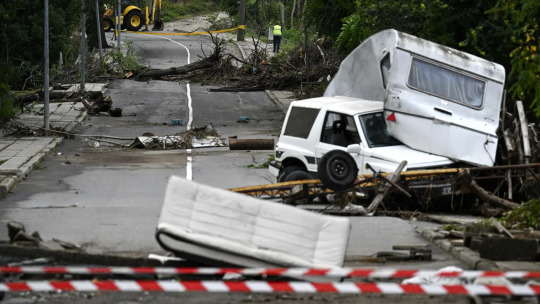
Tsarevo, Bulgaria (CNN).
Four people died in Bulgaria and seven in Turkey.
But like I told you the core of this was exactly on top of Greece's central mainland and islands. So what happened there? I happened to experience this shit first hand. My recollection of it is that it was unlike any other storm I had experienced before. My knowledge on meteorology is not very advanced, however I believe due to the high pressure part, there were actually no winds at all - or they were insignificant, so it wasn't like what you might have in mind as a conventional cyclone. It was a rainstorm but it was like a rainstorm from hell. The crucial part is that in Greece summer violent rainstorms may last for about five minutes but certainly not for five days nonstop. There was no pause, not even for a second. It kept pouring and pouring in indescribable volumes, without decreasing or slowing down, not for a moment. The fourth day it started taking short breaks.
As a person with a phobia of lightnings since childhood, I kept wearing earplugs throughout all these days. For four days, ten seconds did not pass without at least one lightning shrieking exactly on top of our heads. In the end, I am dead serious, I think my lifelong phobia has been cured somewhat due to this extreme exposure that eventually had a numbing effect. I think only the first day there was a record of 7,000 lightnings. I believe there must have been dozens of thousands overall. The lightnings also caused fires but the downpour was so overwhelming no fire could ever stand a chance.
Whether during or after the rains, what I was seeing outside was post-apocalyptic. The only thing missing was the zombies. It really looked like a background from a videogame, including a constantly lit up sky. I was not in danger though people dear to me were. The worst for me was a huge fall in the quality of living but that doesn't matter. The rains caused severe destructions across cities and villages. They caused floods, they broke bridges, they broke a massive number of roads, they made walls collapse, they destroyed springs, they damaged water and electricity outlets entirely, they drowned flocks and flocks of animals, they destroyed mountainous and coastal villages alike, they made cars float and fly over each other and they uprooted houses.

Village in Mount Pelion, Greece.
But that's not the end of it. Four days later, the storm moved southwest towards the Ionian sea, basically to the place of its original formation. It side-swept over Athens in the meantime, flooding the city, but that doesn't mean much since I could cry and Athens would still flood with my tears. Anyway. AFTER the storm left, the floods caused by it started multiplying and expanding. Picture that: a crystal clear sky, a bright sun and your phone screaming state alerts about evacuating your village or town because a lake has launched at you! Here's the thing: Thessaly is a massive plain surrounded by a ring of mountains. Half of those downpours fell right on the lowlands causing floods and destructions the first days. The other half however fell on the mountains, filled the streams heading down and they all met up and filled the lakes and the large river of Thessaly, Pineios and they all basically exploded the next days. Pineios especially exploded both in its western and eastern part, sinking the entirety of Thessaly's plains under water. As a result, floods were actively taking place days after the storm had ended and the weather was good. The phenomena have only started subduing since yesterday.

The overflowing of the river, trapped by the mountains.
Farmers won't be able to work this year and next year is questionable as well. There are huge concerns about various epidemics breaking out as more and more dead animals are found in the waters. Entire villages are under the water. There are estimations that some villages in west Thessaly might have been lost forever and their residents will have to move elsewhere. Sixteen people have died from the rainstorm and the floods.


Actual villages in Karditsa, Greece.
A more longterm danger is that the ground received such an unnatural amount of water that it might have been severely eroded and destablised, making it vulnerable to natural disasters I don't want to utter. Many roads are either broken or bloated and Thessaly has been cut out from communication and transportation with the rest of the country. To this day, there are maps guiding people how to drive from North to South Greece and vice versa by entirely skipping Central Greece! (Hint: they will have to drive through Epirus, aka western Greece.) The first days there was also complete isolation from what was happening in the country and the world and also the very regions we were in as we had no electricity and our only chance was getting a call from somebody being elsewhere and telling us what is going on.

Volos, Greece (CNN)
Many regions have received within 2-4 days 55 times their monthly amount of rain or more than twice the yearly amount. Greek meteorologist Christos Zerefos estimated that such a phenomenon occurs every 300-400 years. Meteorologists were alarmed internationally - with Germans and Americans reportedly saying they hadn't studied such a phenomenon again in their career. Its intensity was record high in the history of Greece and right in the top of Europe's as well. They also agreed that such a phenomenon would be devastating even if it had hit the most advanced and prepared country.
BUT THIS IS NOT THE END. The weakened Daniel seemed to slowly move towards South Italy but it decided to take a turn and headed south towards Libya and Egypt. Quite possibly, as the storm was once again travelling across the warm Mediterranean Sea, it was rejuvenated and gained even more tropical traits. Eventually, the medicane hit Libya with unprecedented force.

The cyclone travelling from Greece to Libya.
The toll it took on Libya is unspeakable. As I am writing this,
More than 5,226 people are killed and more than 10,000 are currently missing.
Like, can you wrap your head around what I am talking about? I don't see this shit being acknowledged enough across the world. I am checking this again and again, to ensure I am reading this correctly.
Daniel has officially become the deadliest medicane on record.
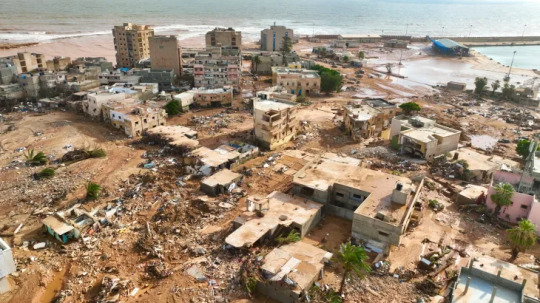
Eastern Libya, from Al Jazeera.
In the meantime, Greeks found opportunities to practice their favourite sport: political infighting. People who weren't even here when hell broke loose say that if this or that was properly done, we would not have problems at all. I even saw an idiotic Greek expat comment how "we got drowned in a little bit of rain". The truth is we should bloody thank our lucky stars and I say this with the entire awareness of half of Thessaly being currently underwater. It is true that Greek governments and people have done so many things badly, like building on top of streams and rivers, changing rivers' natural route, drying up natural lakes and all that shit that guarantees you are going to have massive problems once a serious storm breaks out. Also, the disaster revealed that there was once more a very questionable management of all the money given by the EU for anti-flooding measures after a previous flood (Ianos). Of course, I would be happy if at last we viewed this disaster as an opportunity to improve ourselves and the management of our land, however whatever happened these days wasn't the fault of anyone in particular. On the contrary, A LOT worse could have happened. A lot. Maybe Libya is not an indication because if Greece is not used to such extreme rain phenomena, then Libya is probably ten times less used to them, however we should not forget that this monster was STUCK at least five days over the heartland of Greece. For this alone we should damn be thankful we did not get it any worse and that the land endured in any way and of course now we have to correct old mistakes as well but let's do it united and determined and without wasting time once more in pointless infighting, which in this case might even be unfair. (In fact I think the thing we should blame the state the most about was not making it clear beforehand that this was going to be unprecedented, not just "very severe". They probably didn't want to cause panic and mayhem but still. We should know.) Of course I am not talking about how the state will treat the afflicted regions from now on, which is entirely its responsibility. And we should stand next to Libya. Greece has its wounds to mend but it should absolutely provide support to Libya. We know what this freak phenomenon was like.
I know this text is long but please consider reblogging this. We should know what happens on our planet. Thousands of people are dead from a freak phenomenon devastating regions across lands and seas. Also forgive any mistakes I might have made although I believe the information is correct for the most part. I didn't speak more about Libya because I don't know enough to analyze the situation as much. Perhaps there are ways of supporting the country too. As a last note, this phenomenon was not freakish because of the climate change - it was just a very unusual occurence. However, the - otherwise normal - warmth of the sea did feed and intensify the storm and the climate change might in the future cause these super rare, accidental phenomena to become more frequent.
#greece#libya#weather#climate change#storm#rainstorm#cyclone#flooding#natural disasters#world#tw death mention#world news#europe#africa#turkey#bulgaria#egypt#maps#storm daniel#greek facts#greek news#news#tw long text#tw long post#tw long#signal boost
783 notes
·
View notes
Text
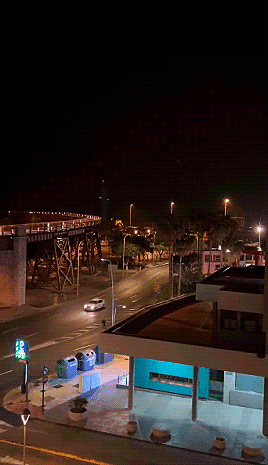

Lightning over Almeria, Spain (x)
705 notes
·
View notes
Text
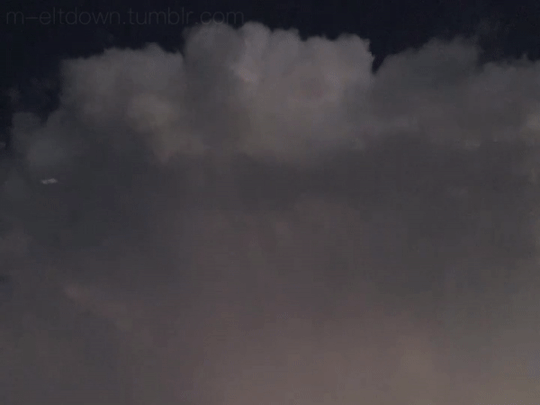
#mine#my post#my gif#taken by me#storm#storm clouds#thunderstorm#weather#raining#rain#clouds#fluffy clouds#cloudcore#sky#skies#cloudy sky#lightening#thunder#storms#dark#dark aesthetic#atmosphere#dark sky#aesthetic#aesthetic gifs#grunge#grunge aesthetic#night sky#nighttime#nature
421 notes
·
View notes
Text
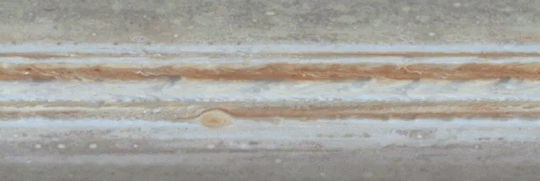
Cassini: The first color movie of Jupiter (October 31 - November 9, 2000)
#cassini#jupiter#krakenmare#astronomy#solar system#astrophotography#nasa#outer space#thank you nasa#space#jupiter spot#weather
255 notes
·
View notes